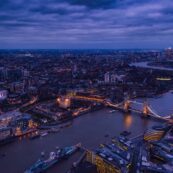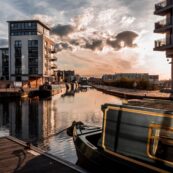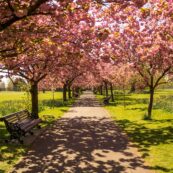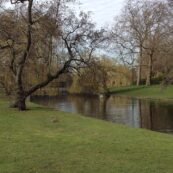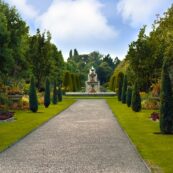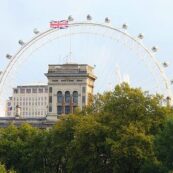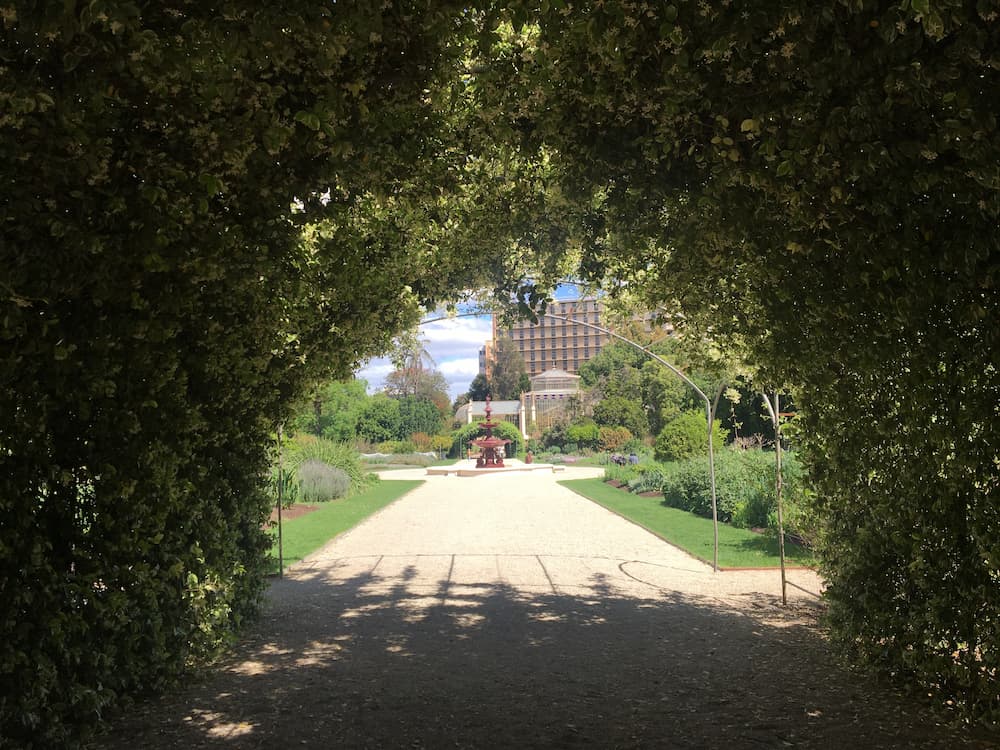
Royal Botanic Garden
Royal Botanic Garden
The royal botanic garden, located in Kew, is a leading scientific organization worldwide, presenting a massive collection of plants and fungi. Located just thirty minutes from central London, the 330- acre gardens were drafted onto the world heritage list in 2003 as a world heritage site, acknowledging the extraordinary history it carries, presence of diverse landscape, rich architectural designs, and extensive botanical compilation.
History
Princess Augusta founded the royal botanic gardens in the year 1759. With joseph Banks’ directorship in the 1770s, Kew had grown its influence in horticulture, classification of plants, and economic botany worldwide. During the Britain exploration period, botanists collected plant specimens worldwide to keep them safe within one location.
In this day, the Kew Royal botanic gardens are recognized as a worldwide center of excellence for studying plants and fungi, springing from unrivaled dwellings and preserved collections of plants and fungi.
This preservation approach has morphed into creating partnerships with close to one hundred nations that hold seed banks to support conservation efforts among countries and identify new species and how they will be beneficial to future generations.
Earning itself a reputation for being a source for plant and fungal knowledge worldwide, samples from the garden have created other botanic gardens in Australia, Sri Lanka, and Singapore today. We can say that species of native and exotic plants and trees at Kew gardens has grown to more than 50,000
Features of the Royal Botanical Garden
Treetop walkway
The canopy walkway was opened in 2008; standing 59 feet above the ground, the walkway takes visitors on a 200-meter walk. Visitors can go up and down the woodland glade by stairs or by lift. The structure that was designed by David marks and had floors made of perforated metal beneath. The exciting part is that the structure sways in the wind. The supporting pillars were also made to look like trees through rust to maintain their identity with the surroundings.
Sackler Crossing
This bronze and granite opened bridge crossing the lake was opened in 2006. It was named after Dr. Mortimer and Theresa Sackler. The bridge is designed from a minimalistic style, with a double curve of black granite. The sides are made of bronze posts that give an impression of a solid wall. Still, as you get closer, you realize that they are just individual pillars that allow a clear view of the lake and beyond.
The bridge encourages visitors to cross over to other parts of the garden by connecting two art galleries.
The hive
Standing at 56 feet skywards and set in a wildflower meadow, the hive was created to showcase the extraordinary life of bees through its multi-sensory experience.
Vehicular tour
Kew explorer services take routes around the gardens facilitated by two 72 person capacity road trains fuelled by Calor gas to minimize pollution. Drivers give provided details along with the stops as they do rounds.
Botanic Royalty
Kew Palace was used by King George III as a summer residence and is regarded as the most intimate royal building in Britain. With its stunning garden, queen charlotte’s cottage sits at the other side of the garden, hidden behind bluebell woods, ready for exploration.
The great Pagoda
Completed in 1762, the great pagoda was presented to Princess Augusta as a gift and was designed by William chambers. The pagoda was once recognized for offering the best views of London ad after significant restoration projects. The public was allowed back in 2018 to give them a chance to climb and bask. Eighty dragon carvings from glided wood make it one of the most spectacular buildings in Kew Gardens.
Plant houses
Alpine house
In March 2006, the Davis alpine house was opened, and it was the third version of an alpine house since 1887. Being 16 meters long, the roof apex extends as high as 10 meters. To allow a natural flow of air required to provide ventilation for the type of plants housed in the facility.
This new structure has a set of automated blinds that prevent overheating when it’s too hot inside for the plants and a system blowing a stream of cool air continuously to cool off the plants. The main design was aimed to let inadequate transmission of light.
The temperate house
This structure was re-opened in May 2018 after it had closed down to undergo restoration. The building is a greenhouse that is twice as big as the palm house and is considered the biggest surviving Victorian glass structure globally. It consists of palm trees obtained from all temperate regions worldwide, including even the rarest ones. After taking forty years to construct, it was opened in 1859 and covers about 4880 square meters, rising 19 meters above the ground, and is designed to accommodate the expanding set of hardy and temperate plants.
Water lily house
This house is considered the most humid of Kew houses and holds a large pond with various water lily. It was created to store the Victoria Amazonica, which is the largest water lily family. After failed attempts to transport the seeds and roots, the plant had to be transported initially to Kew in clean water. Despite other members of Nymphaeaceae growing well, the house could not handle Victoria. Probably because of poor ventilation.
Princess of Wales conservatory
This is the third significant conservatory initially designed by architect Gordon Wilson. Initially opened in 1987 by Princess Diana, the princess of wales, to commemorate Princess Augusta, her predecessor. The conservation houses ten micro-controlled climatic zones, with much of the greenhouse holding dry tropics and wet tropical plants. Many orchids, water lilies, cactuses, and carnivorous plants are kept in various zones. The conservatory covers a space of 4499 square meters and is designed to minimize the energy output required to run it. Cooler regions are located closer to the outside. The hotter tropical zones are in the middle, where there is a high concentration of heat.
How to get there
The Kew royal botanic gardens are located in Richmond borough in London, in the capital’s southwest. The quickest and easiest way to get to Kew is via the London underground station zone. The journey is 30 minutes from London and an additional 5-minute walk to Kew gardens itself.
Conclusion
Identified as the most substantial botanic garden, the royal botanic garden in Kew has earned its reputation as a critical player in conserving endangered species. The garden is equipped with great architecture, art galleries, and amenities that incorporate several garden activities away from the plants. The garden is open every day except on 24th and 25th December and is accessible to everyone.
